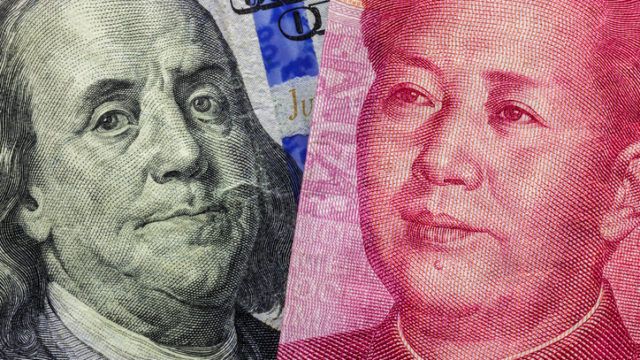As of 6 September 2019, the process of adding 1,099 China A-shares to the S&P Emerging BMI began. The changes will be effective on 23 September at market open, according to S&P.
The list includes 147 large cap stocks, 251 middle caps and 701 small caps, while the list is still subject to change prior to 23 September, the firm said.
Eligible companies trading on the Shanghai-Hong Kong Stock Connect and the Shenzhen-Hong Kong Stock Connect have been included, according to a spokeswoman from the firm.
The firm also noted that A-shares are expected to represent a weighting of 6.2% in the S&P Emerging BMI while China as a whole (to include offshore listed) is expected to represent a weighting of 36%. At the end of August, the total China weighting was 32%.
Alexander Treves, investment specialist for emerging markets Asia Pacific equities from JP Morgan Asset Management, told FSA earlier that the A-share component will likely soon make up a bigger proportion than offshore-listed counterparts because they are typically companies that will service the “upgrading consumption preferences” of China’s expanding middle class.
He highlights healthcare, technology, leisure and entertainment, tourism, food and beverages and household goods sectors, which are “well-represented in the A-share market”.
In contrast, offshore-listed Chinese companies, which have been accessible to foreign investors for at least two decades, are mainly large state-owned banks, oil & gas, telecom and utility companies.
Passive inflows
The addition of A-shares to three key indices will result in higher foreign capital inflows into China as passive index tracking funds buy into the companies.
MSCI was the first mover. It just completed the second step in its three-step process of China A-share inclusion in the MSCI Emerging Markets Index. As of the market close on 27 August, the inclusion factor increased to 15% from 10%, putting China A-shares’ weight in the MSCI EM Index at 2.5%.
UK-based index provider FTSE Russell said in September last year that it planned to add China’s onshore equities to its global indices starting June 2019 over three phases. The 1200 stocks to be added to the FTSE indices are eligible to trade on the Stock Connect programme.
In September this year, FTSE Russell plans to implement the second step, increasing the A-share inclusion factor to 15% from 5%, according to a recent Morningstar report.
Upon completion, China’s overall weight in FTSE’s emerging market index is expected to be 5.5%.
With global funds worth $1.7trn tracking FTSE-related indexes, the FTSE inclusion alone could bring capital inflows of $100bn ($14.6bn) into China’s markets, Shanghai-based brokerage Shenwan Hongyuan estimated.

















